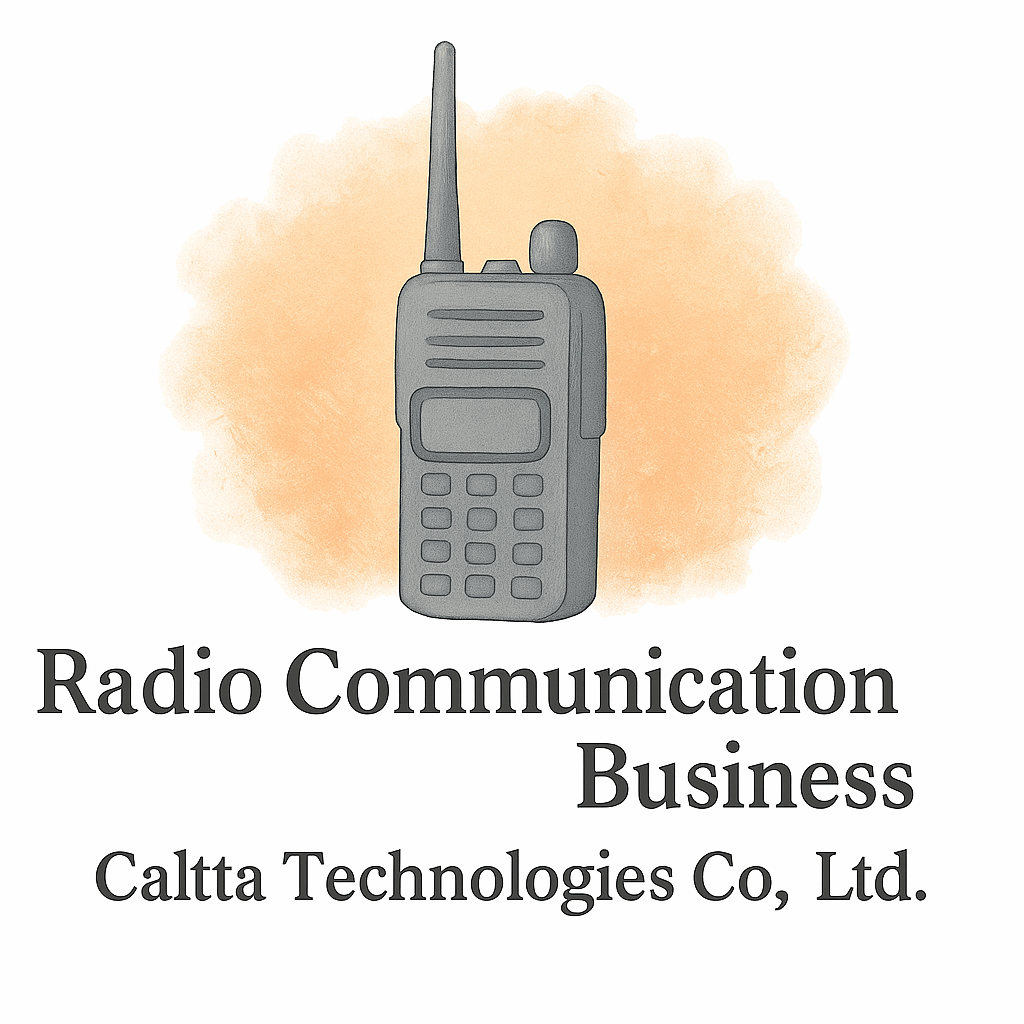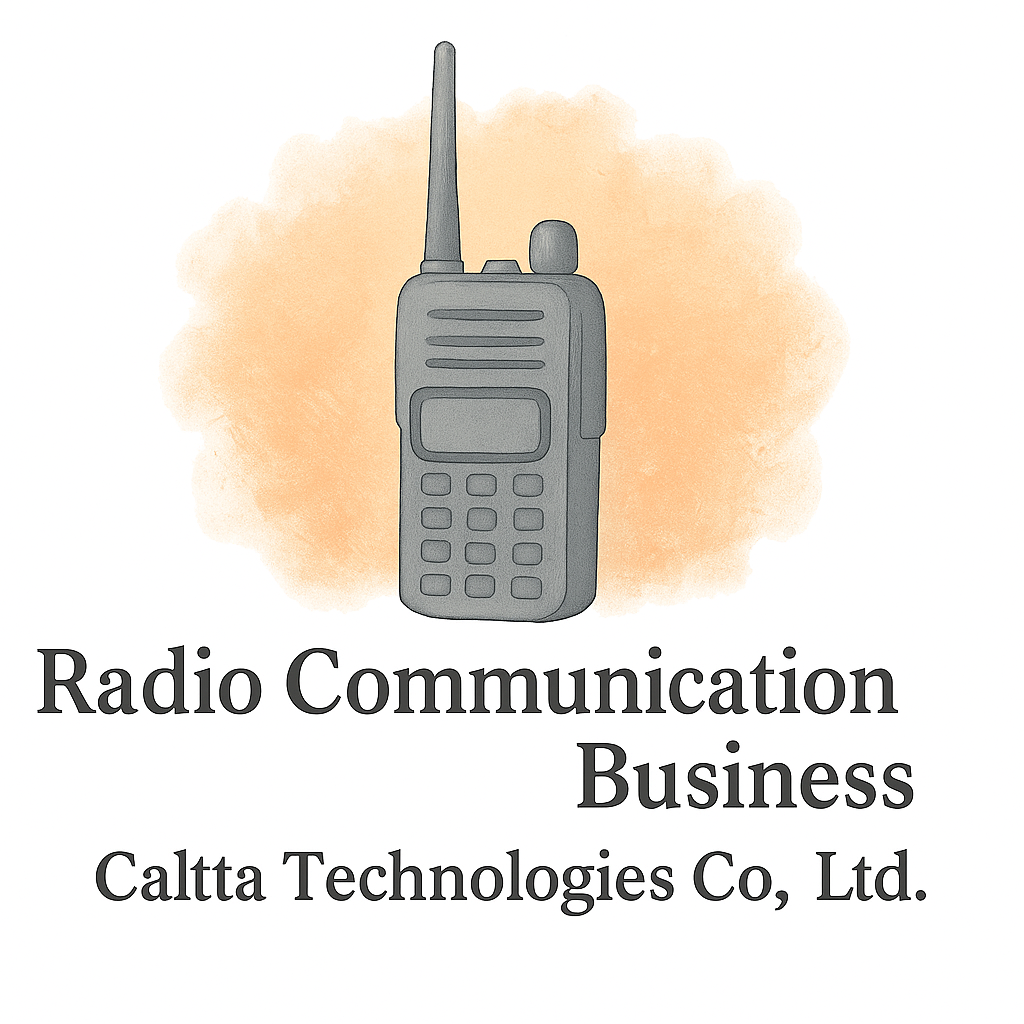Introduction to Radio Communication Innovation
When you think of communication, smartphones, apps, and social media might be the first things that pop into your mind. But here’s the thing: radio communication is still at the heart of global connectivity. From emergency response systems to international aviation, radio tech remains the silent powerhouse. And behind the scenes, there are global agencies constantly pushing the envelope in radio communication innovation.
Why Radio Communication Still Matters Globally
It’s easy to underestimate radio in an age of 5G and Wi-Fi. Yet, radio is the backbone of many industries. Airlines, ships, militaries, emergency services, and even construction rely on radio to get the job done. Unlike internet-based tools, radio can still operate without modern infrastructure, making it a lifeline when disaster strikes.
The Role of Innovation in Modern Communication
Innovation ensures radio technology keeps up with modern demands. With smart devices, autonomous vehicles, and IoT expanding rapidly, radio communication needs to evolve too. This is where global agencies step in—shaping standards, funding research, and ensuring smooth adoption across industries.
Key Factors Driving Innovation in Radio Communication
Technological Breakthroughs
From digital radios to AI-driven signal processing, agencies encourage continuous improvements in performance, range, and reliability.
Government and Policy Support
Policies set by agencies shape how innovation spreads. Without proper regulation, communication networks would clash, creating chaos.
Private Sector Investment
Private companies invest heavily in R&D, but global agencies provide the framework and standards for consistent global use.
11 Global Agencies Leading in Radio Communication Innovation
Now, let’s dive into the key players driving global advancements.
1. International Telecommunication Union (ITU)
As a specialized UN agency, the ITU sets global standards in radio frequency allocation. They ensure satellites, mobile networks, and radio systems don’t interfere with each other. They’re basically the referees of the global spectrum.
(See related resources: Industry Insights)
2. European Telecommunications Standards Institute (ETSI)
ETSI develops technical standards for radio communication across Europe and beyond. Their work ensures radios in France work seamlessly with those in Germany or Spain. They’re also active in setting standards for 5G and IoT connectivity.
3. U.S. Federal Communications Commission (FCC)
The FCC regulates all communications in the U.S., from radio stations to broadband networks. Their influence on innovation is massive, as their rules often set the tone for the global market.
(Useful read: Compliance Guide)
4. Japan’s National Institute of Information and Communications Technology (NICT)
NICT spearheads Japan’s advanced radio communication projects, focusing on next-gen systems like AI-driven radios and space communication. Their innovations often inspire global adoption.
5. China Academy of Information and Communications Technology (CAICT)
China’s CAICT plays a dual role: policymaker and research hub. They lead in 5G development and push forward research in spectrum allocation and smart radio.
6. Canadian Radio-television and Telecommunications Commission (CRTC)
The CRTC regulates Canada’s communication systems. They’re known for balancing innovation with public accessibility, ensuring new technologies are inclusive.

7. Telecom Regulatory Authority of India (TRAI)
India’s TRAI is vital in shaping South Asia’s communication landscape. They encourage innovation while keeping costs low, making technology more accessible for startups and small businesses.
(Check: Business Startup Basics)
8. African Telecommunications Union (ATU)
The ATU works across African nations to standardize and innovate communication infrastructure. They’re crucial in bridging connectivity gaps across the continent.
9. Ofcom (UK Communications Regulator)
Ofcom ensures smooth communication in the UK by regulating everything from radio frequencies to wireless broadband. They often lead the way in balancing innovation with consumer protection.
10. Australian Communications and Media Authority (ACMA)
Australia’s ACMA plays a big role in allocating radio frequencies and driving innovation across emergency services and aviation. They also enforce compliance to maintain secure systems.
11. International Amateur Radio Union (IARU)
The IARU may not sound as formal as the others, but they’re highly influential. They promote amateur radio, which often leads to grassroots innovations adopted by larger organizations.
How These Agencies Influence the Future of Communication
Standardization and Regulation
Without standardization, your radio could clash with your neighbor’s Wi-Fi. These agencies prevent chaos by setting global rules.
Research and Development Collaboration
They fund and encourage collaborative research that keeps radio relevant in an age of smartphones.
Promoting Industry Compliance
Agencies ensure compliance across borders, making global communication smooth and secure.
(Read: Regulation Resources)
The Link Between Radio Innovation and Business Growth
Opportunities for Startups
Radio innovation isn’t just for governments. Startups can leverage advancements for logistics, IoT devices, or even smart farming.
(Explore: Startup Insights)
Cost-Saving and Compliance Benefits
Innovation can cut costs by streamlining processes and avoiding compliance mistakes that could lead to fines.
(Related: Cost-Saving Hacks)
Challenges in Radio Communication Innovation
Regulatory Complexity
Navigating compliance in multiple countries can be overwhelming.
Cost and Budget Constraints
Research, development, and implementation require significant budgets, often leaving smaller players behind.
(See: Budget-Friendly Advice)
Technology Adoption Barriers
Convincing industries to adopt new systems takes time, especially in conservative sectors like aviation or defense.
Future Trends in Radio Communication Innovation
AI and Smart Radio Systems
AI will optimize frequencies, ensuring seamless communication even in congested areas.
Integration with Social Media and IoT
Radio will merge with IoT and social media platforms, enabling instant data transfer worldwide.
(Related read: Social Media Impact)
Satellite and Global Connectivity
Agencies are investing in satellite-driven systems to provide internet and radio to even the most remote regions.
Conclusion
Radio communication may not always be in the spotlight, but it’s quietly powering industries, businesses, and everyday lives. These 11 global agencies leading in radio communication innovation ensure that technology remains efficient, reliable, and future-ready. For businesses, entrepreneurs, and even governments, keeping an eye on these agencies means staying ahead of the curve in communication.
FAQs
- Why are global agencies important in radio communication innovation?
They provide structure, regulation, and research that keep communication systems safe and reliable. - Which agency sets the global standards for radio frequencies?
The International Telecommunication Union (ITU). - How does radio innovation affect businesses?
It opens up opportunities for startups, reduces costs, and ensures compliance. - Is radio still relevant in the digital age?
Absolutely—radio powers emergency systems, aviation, and industries that require reliable, infrastructure-free communication. - What role does AI play in radio communication?
AI enhances frequency management, improves efficiency, and reduces interference. - How do startups benefit from radio communication innovation?
They can develop cost-effective IoT, logistics, and smart devices using improved radio systems. - Which countries are leading in radio innovation?
The U.S., Japan, China, and the European Union are top players, but agencies in Africa and India are also rising.


